How did a Bhopal-based startup with one solitary car in its inventory achieve something that eludes Elon Musk’s Tesla with virtually limitless resources at its disposal? According to Anand Mahindra, Chairman of Mahindra & Mahindra, the answer is complex mathematics!
When testing an autonomous driving system, the chaotic streets of India would probably be the hardest challenge. That being said, last year, Bhopal-based startup Swaayatt Robotics announced it had achieved the world’s first autonomous level 5 driving system. Considering Tesla was stuck at level 2 at the time (and probably still is), that’s a pretty bold statement from a small Indian start-up. The talk was backed up by a demonstration in April this year, a video of which has since gone viral for the tenacity with which the ADS navigates through a busy toll plaza in India. If you’ve lived and driven on the streets of India, you can’t help but appreciate the way the driverless Mahindra Bolero weaves its way through traffic while making sudden stops and tight swerves.
An unlikely adversary
If you’re wondering why a Mahindra Bolero was used for the demonstration, according to CEO and founder Sanjeev Sharma, it was the only car he owned at the time, and installing an electromechanical system on it was pretty straightforward. So how did a Bhopal-based startup with one solitary car in its inventory achieve something that eludes Elon Musk’s Tesla with virtually limitless resources at its disposal? According to Sanjeev Sharma, it’s their proprietary algorithms that have been trained on chaotic Indian roads. While commenting on the video of the demonstration he points out the “crisscross” movement of traffic which is typical on Indian roads in addition to the fact that no one in the video seems to be following basic traffic rules.
What stands out most in the videos is the simplistic dashboard with an altar to an Indian deity covered in a red and gold “chunri” and a garland, which is more common than seatbelts in some places in India. While demonstrating the ADS under various conditions from crowded roads to empty spaces, to nighttime and even bad weather conditions, the ADS performs flawlessly in all the videos, even though some videos are sped up to double speed. Speed is obviously not a priority in India where anything from a child to a cycle, a rickshaw, or even a cow could suddenly cross the road in front of you, providing a serious challenge to any autonomous driving system. Additionally, potholes and rubble piled up on the side of the road pose its own set of challenges.
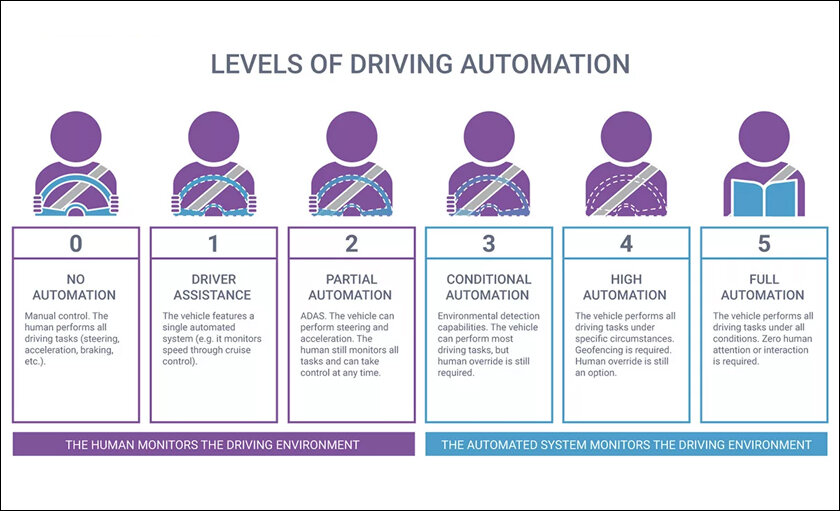
The levels of vehicle autonomy
There are in total, 6 levels of vehicle autonomy, starting with level zero, which is no automation at all, level 1, a single automated system like cruise control, and then level 2, an Advanced Driver Assistance System like on the Tesla. While an ADAS can require a driver to take over at any time, from level 3 onwards it ideally should not. That’s when you get into the fully autonomous zone, albeit under specific conditions. For example, in recent news, Mercedez beat Tesla to level 3 by launching a car that can drive itself without any driver intervention, as long as it’s a clear sunny day, on specific highways, and at 40 mph. While that may sound like a snooze fest to some, you can literally take a nap while your car drives.
That’s when we get to level 4 which can attain higher speeds and drive under more varied conditions and then ultimately level 5 which can drive under any conditions at all. What’s interesting about Tesla’s level 2 ADAS is that many believe it’s actually a level 4, masquerading as a level 2 to avoid regulations. While it’s clearly advertised as an FSD or fully self-driving, it’s officially an ADAS system. This means you’re supposed to have your hands on the wheel at all times which people don’t seem to be doing in the videos that are circulating on social media. This is also probably why a number of crashes have been linked to Tesla’s FSD and Autopilot which isn’t officially an FSD and shouldn’t be treated like one yet.
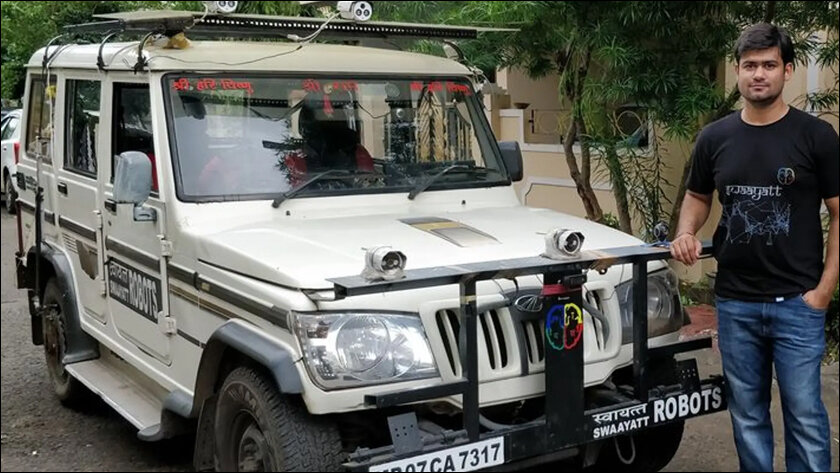
A world of opportunities
Anand Mahindra, Chairman of the company that makes the Mahindra Bolero, was quoted stating “Sanjeev is using complex math to target level 5 autonomy. I’m cheering loudly. And certainly won’t debate his choice of car!” Swaayatt Robotics has raised a total of about $7 million in seed funding and is evaluated at about $151 million. In conclusion, if Swaayatt Robotics can reach level 5 autonomy in Indian conditions, there’s a good chance that that achievement will open up a world of opportunities for it across the world. Think about it, If the ADS can navigate roads where people use their 6th sense to drive and typically do as they please, navigating in countries where people actually follow traffic rules should be a breeze.
In case you missed:
- Tesla’s India Launch: It’s not about the Model Y, it’s about the AI!
- Slaughterbots: Robot Warriors in the Indian Armed Forces!
- India’s Mappls Revolution: The Swadeshi Push to Dethrone Google Maps
- NVIDIA’s Isaac GR00T N1: From Lab Prototype to Real-World Robot Brain
- CES 2025: NVIDIA’s Cosmos Just Gave Robots a ‘ChatGPT Moment’!
- India’s first Aatmanirbhar semiconductor chip is finally here!
- NVIDIA just dropped “ACE” at CES 2025: Truly intelligent NPCs coming soon!
- Humans Just Achieved Teleportation? Clickbait vs. Facts
- Deepfake Politics: How AI Could Undermine the World’s Largest Democracy
- From Earth to Orbit: Data Centers are Heading Out to Space!
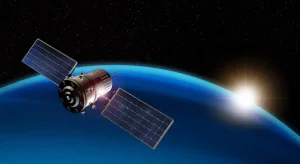

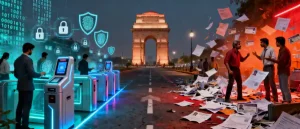

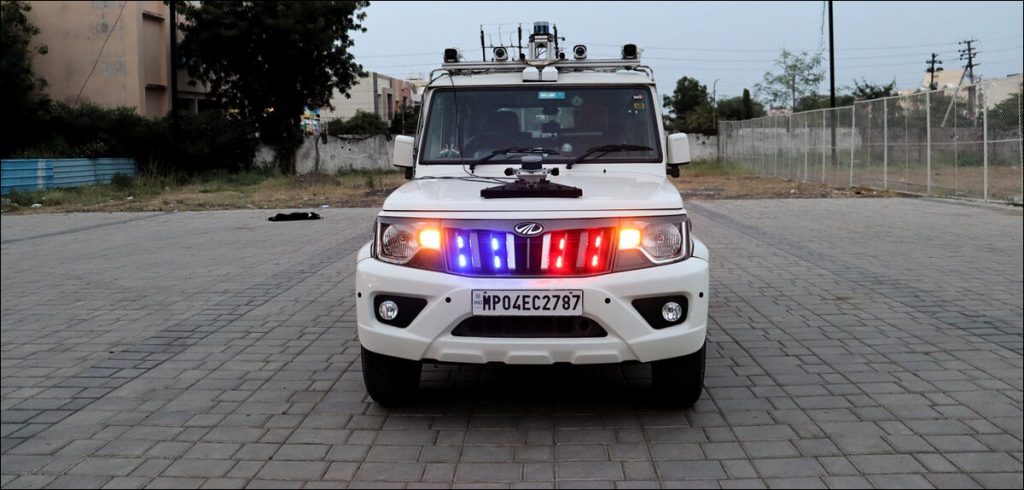
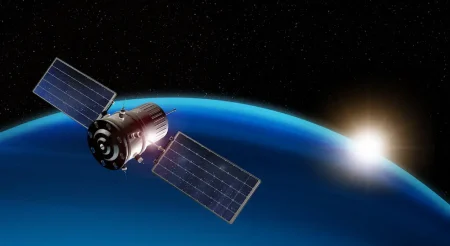
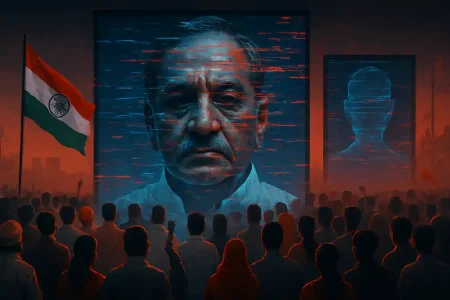



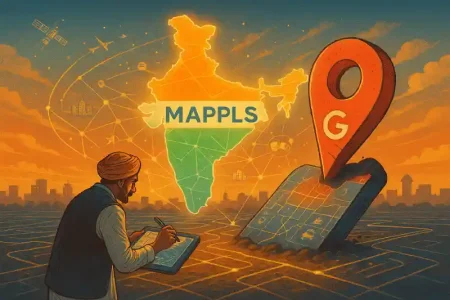
1 Comment
Great work!
Sometimes, the difference between ENGINEERING and INNOVATION involves a returning to study basic geometry and arithmetic.
As my middle-school algebra teacher once put it….
“Mathematics is to science what woman is to man. Its queen-and-servant.’